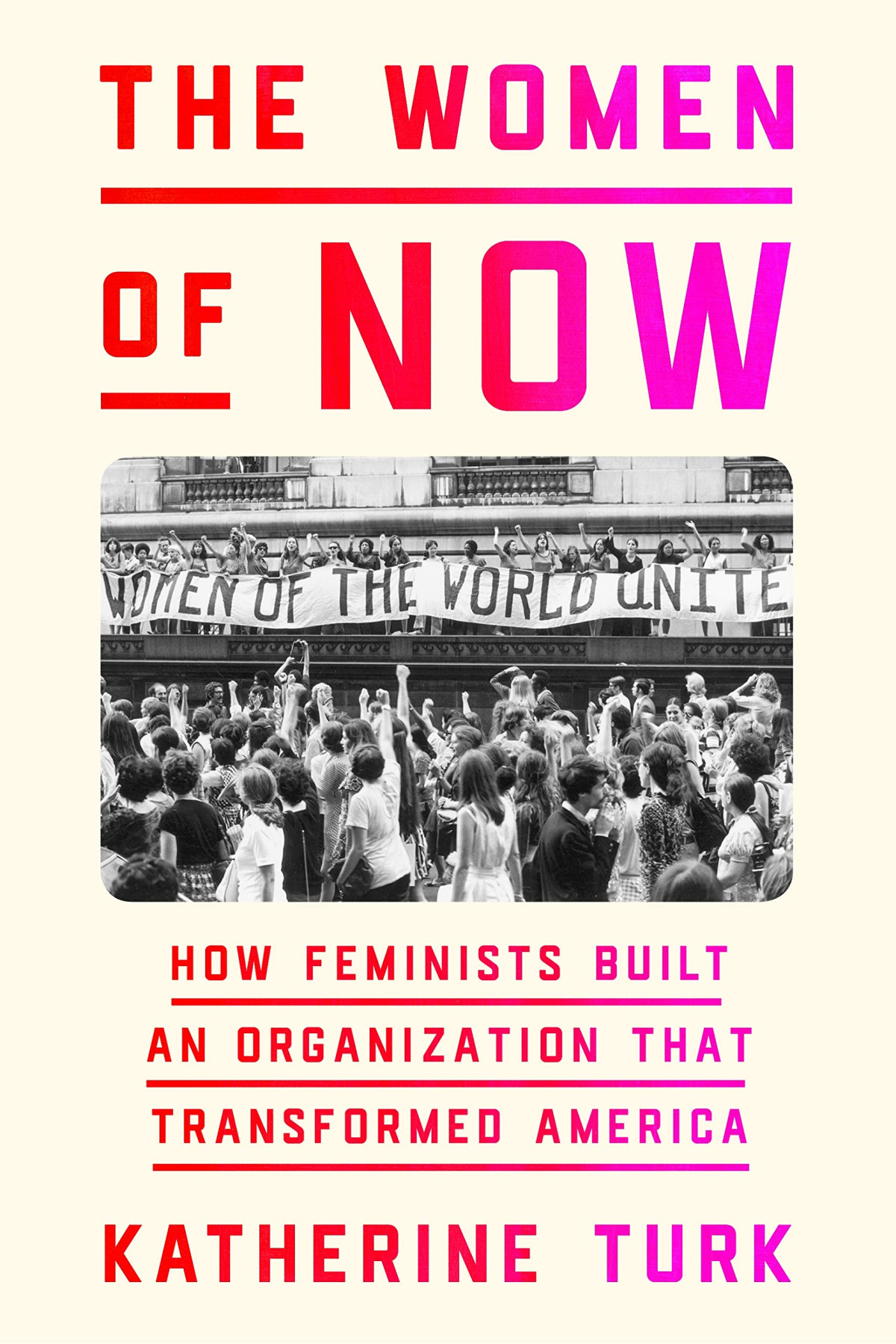

Most ebook files are in PDF format, so you can easily read them using various software such as Foxit Reader or directly on the Google Chrome browser.
Some ebook files are released by publishers in other formats such as .awz, .mobi, .epub, .fb2, etc. You may need to install specific software to read these formats on mobile/PC, such as Calibre.
Please read the tutorial at this link: https://ebookbell.com/faq
We offer FREE conversion to the popular formats you request; however, this may take some time. Therefore, right after payment, please email us, and we will try to provide the service as quickly as possible.
For some exceptional file formats or broken links (if any), please refrain from opening any disputes. Instead, email us first, and we will try to assist within a maximum of 6 hours.
EbookBell Team

0.0
0 reviewsIn the summer of 1966, crammed into a D.C. hotel suite, twenty-eight women devised a revolutionary plan. Betty Friedan, the well-known author of The Feminine Mystique, and Pauli Murray, a lawyer at the front lines of the civil rights movement, had called this renegade meeting from attendees at the annual conference of state women’s commissions. Fed up with waiting for government action and trying to work with a broken system, they laid out a vision for an organization to unite all women and fight for their rights. Alternately skeptical and energized, they debated the idea late into the night. In less than twenty-four hours, the National Organization for Women was born.
In The Women of NOW, the historian Katherine Turk chronicles the growth and enduring influence of this foundational group through three lesser-known members who became leaders: Aileen Hernandez, a federal official of Jamaican American heritage; Mary Jean Collins, a working-class union organizer and Chicago Catholic; and Patricia Hill Burnett, a Michigan Republican, artist, and former beauty queen. From its bold inception through the tumultuous training ground of the 1970s, NOW’s feminism flooded the nation, permanently shifted American culture and politics, and clashed with conservative forces, presaging our fractured national landscape. These women built an organization that was radical in its time but flexible and expansive enough to become a mainstream fixture. This is the story of how they built it―and built it to last.